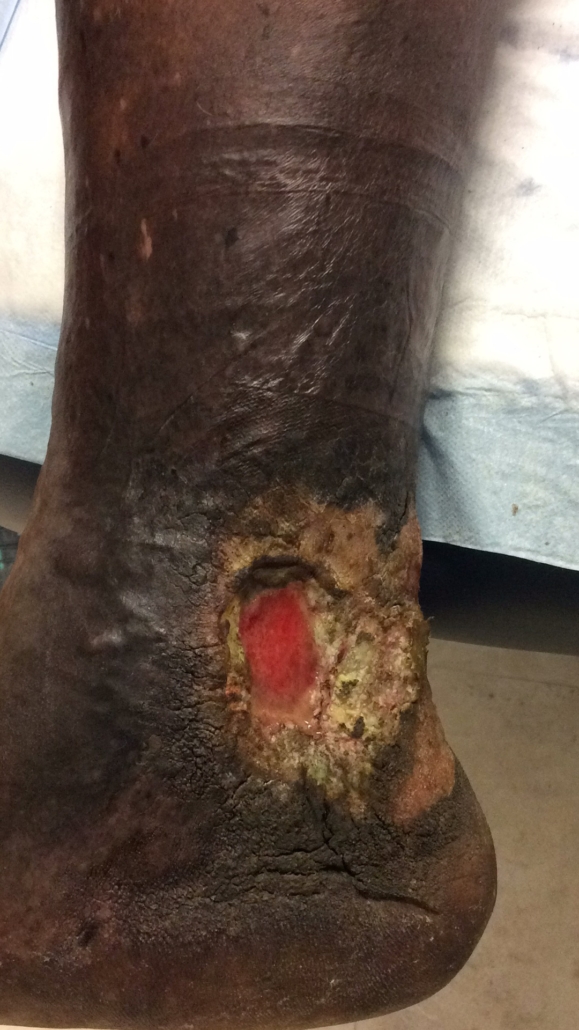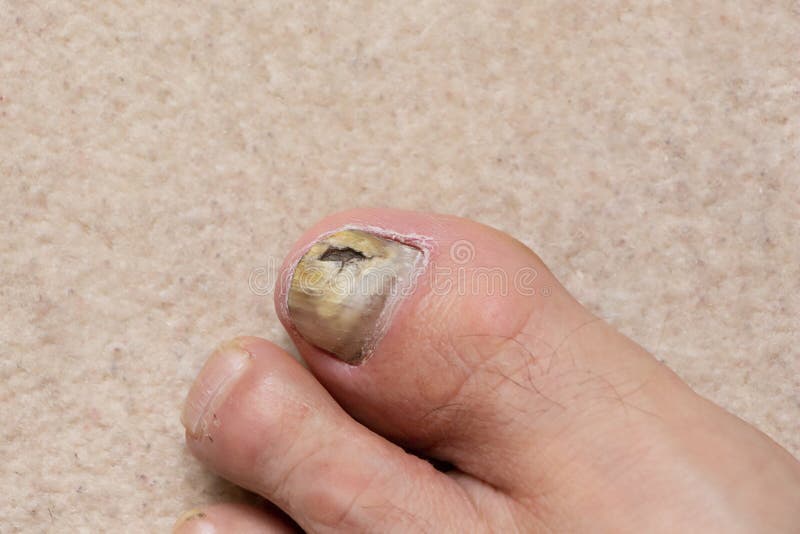
Your doctor may be able to diagnose the rash visually after taking an oral history. You should also seek medical attention for a rash that doesn’t clear up easily with treatments you use at home. Cover the area with an antibiotic cream and loose dressing after treating.Īny rash that’s painful, accompanied by fever, or looks infected should be seen by a doctor. If you have impetigo: Cleaning and soaking the blisters and removing the crusts every few days may help. Foods that contain nickel include chocolate, soy beans, and oatmeal. Foods that contain cobalt include clams, fish, and leafy green vegetables. If you have dyshidrotic eczema: Avoid cobalt and nickel in food and in everyday items. oral pain medication, such as acetaminophen or ibuprofen.topical application of lidocaine, or other types of pain medication.

topical application of anti-itch medications containing pramoxine.topical application of over-the-counter hydrocortisone cream.You may have the best success by combining several.
TINY BALLS THAT ITCH ON FEET PLUS
There are a number of over-the-counter and at-home rash treatments that may help alleviate itching and pain, plus reduce the appearance of the rash. Many hand and foot rashes can be treated at home, but some require medical treatment, based on their underlying cause and severity. It can also be transmitted on locker room and shower floors.Īt-home treatment for rashes on the hands and feet

This is more likely to happen if you pick at or scratch the rash on your feet.Īthlete’s foot is caused by keeping very sweaty feet trapped in shoes. In some instances, athlete’s foot can spread to the hands. This condition is earmarked by a scaly, red rash that itches. It usually starts between the toes, and spreads to the entire foot. Athlete’s footĪthlete’s foot is caused by a contagious fungal infection.
TINY BALLS THAT ITCH ON FEET CRACKED
In severe cases, deeply cracked skin and extreme pain may occur. It can also cause tingling, burning, and blisters. It’s earmarked by pain, swelling, and redness in either or both the palms of the hands and soles of the feet. This condition is a side effect of certain chemotherapy drugs used for cancer treatment. Hand-foot syndrome (acral erythema or palmar-plantar erythrodysesthesia) Impetigo most commonly occurs in infants and children. When the sores burst, they develop brownish-yellow crusts. This very contagious, bacterial skin infection begins with an oozing rash of red sores around the mouth and nose that can be spread to the hands and feet via touch.

This condition is not curable, but its symptoms can be successfully treated. The blisters can become large and painful, and may last for several weeks.ĭyshidrotic eczema outbreaks often coincide with seasonal allergies, during spring and summer. This very itchy, common form of eczema causes deep-set blisters on the palms of hands, edges of fingers, soles and sides of feet, and toes. Dyshidrotic eczema (dyshidrosis, pompholyx) Granuloma annulare is more common in women than in men, and tends to occur during young adulthood. The rings usually clear up on their own without treatment, within a few months to two years. These nodules are small and hard, but do not typically itch. The most common type, localized granuloma annulare, causes rings of flesh-toned, red, or yellow nodules to form on the feet, hands and fingers.

Rashes on the hands and feet can be caused by environmental factors, such as irritants or allergens. Common causes of rashes on the hands and feet


 0 kommentar(er)
0 kommentar(er)
